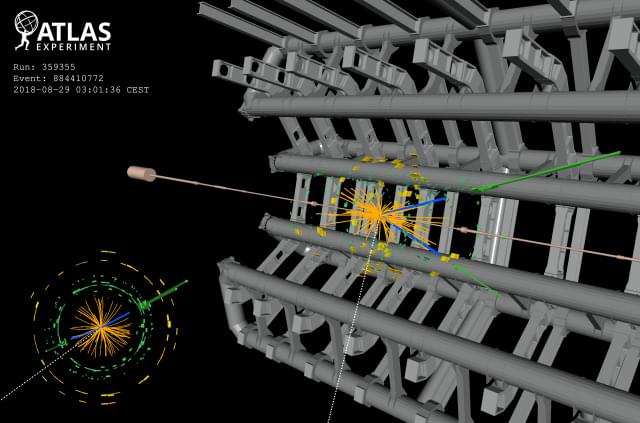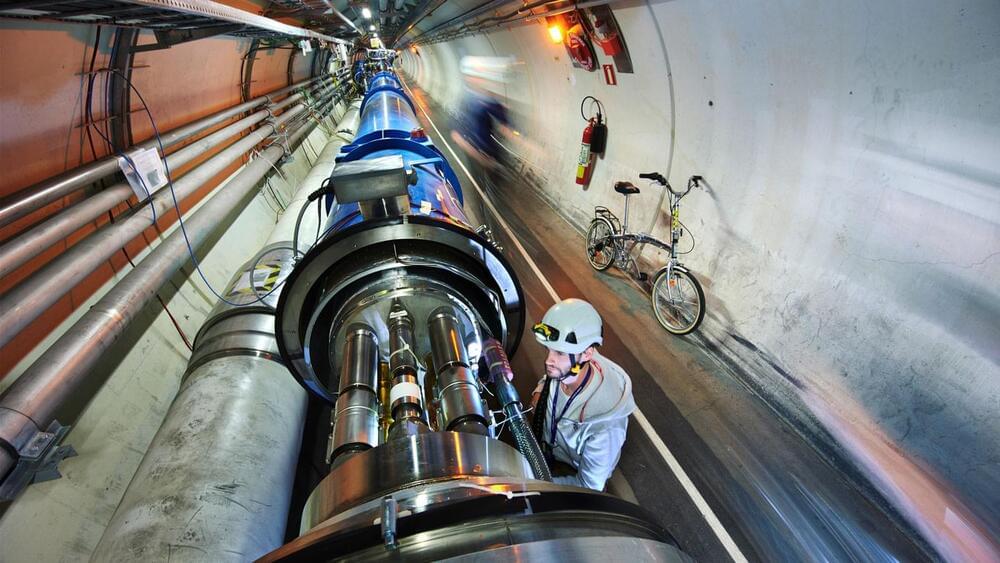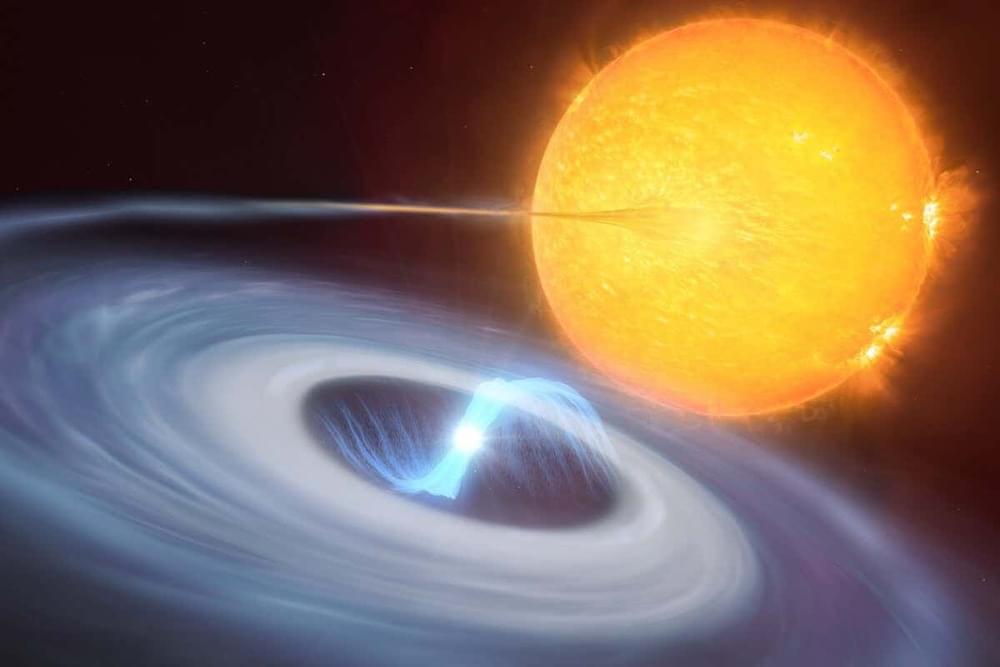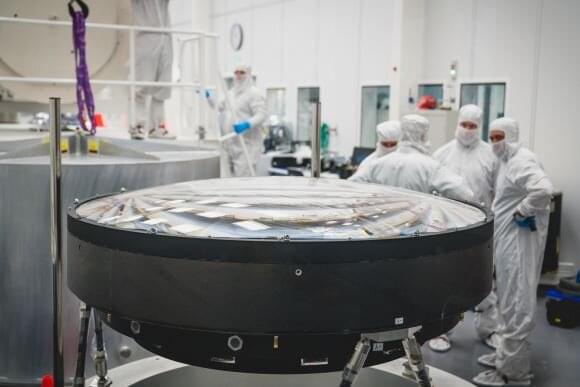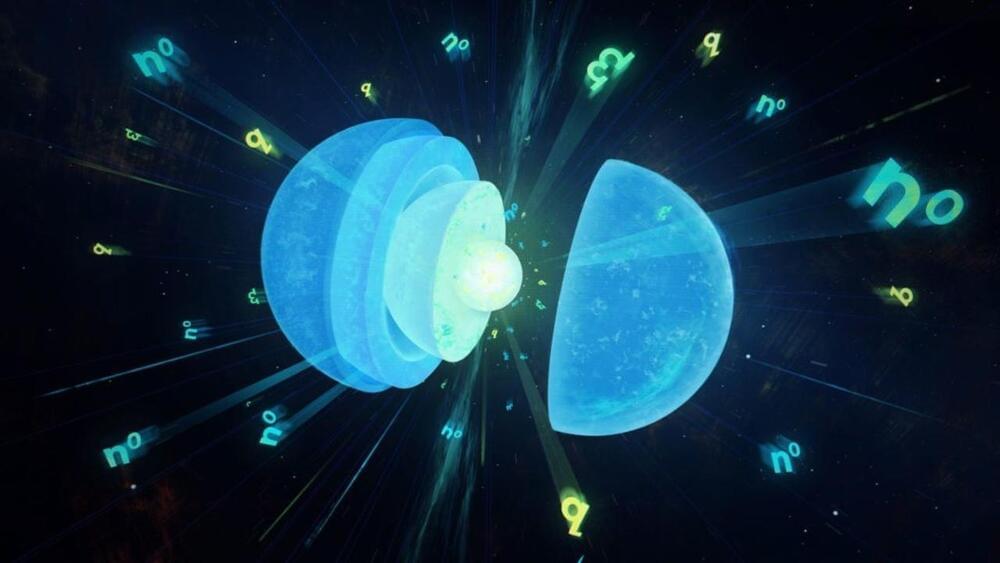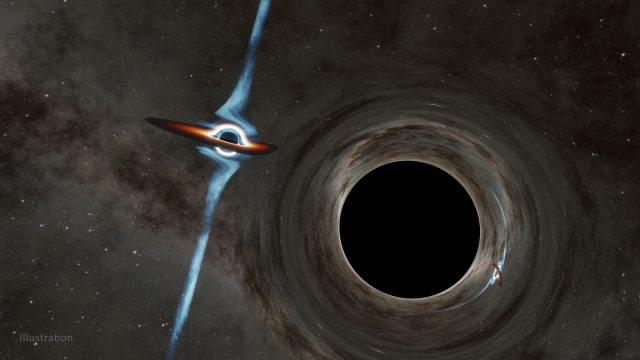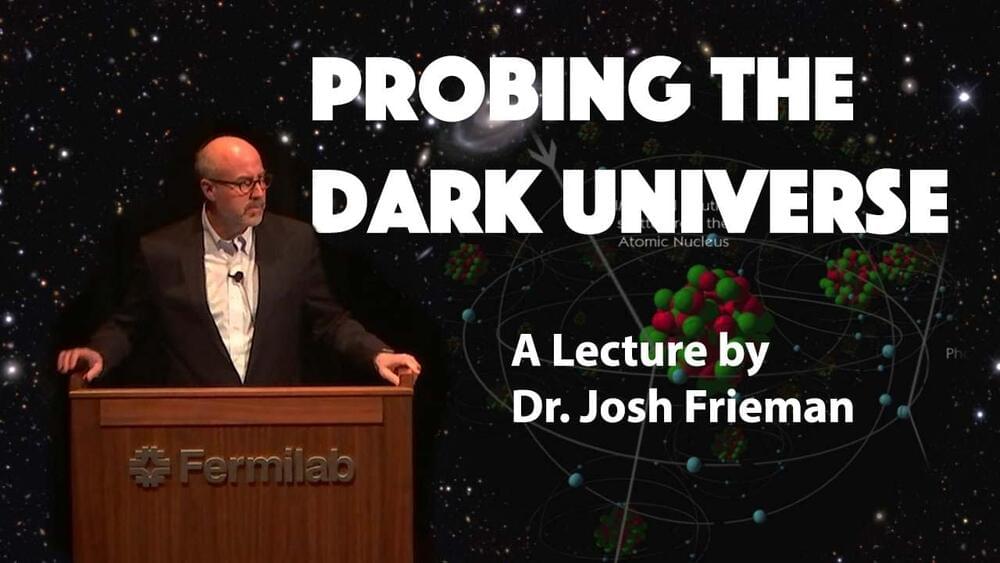As the early universe cooled shortly after the Big Bang, bubbles formed in its hot plasma, triggering gravitational waves that could be detectable even today, a new study suggests.
For some time, physicists have speculated that a phase transition took place in the early universe shortly after the Big Bang. Phase transition is a change of form and properties of matter that usually accompanies temperature changes such as the evaporation of water into vapor or the melting of metal. In the young and fast expanding universe, something similar likely took place as the plasma, which was filling the space at that time, cooled down.

